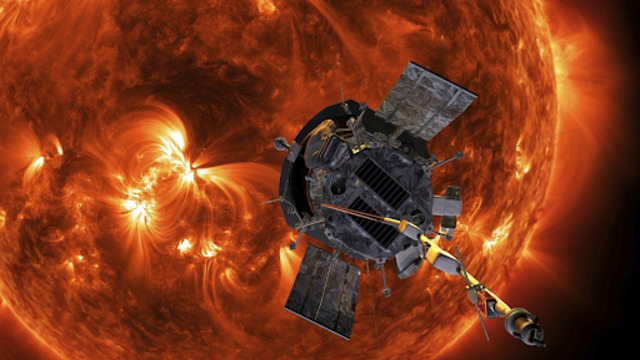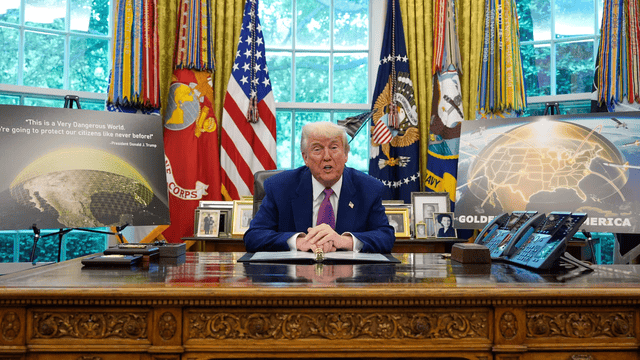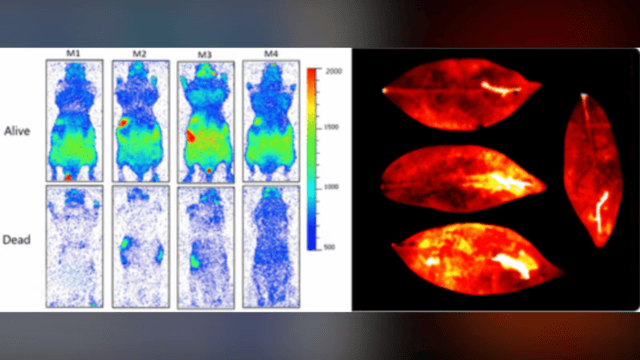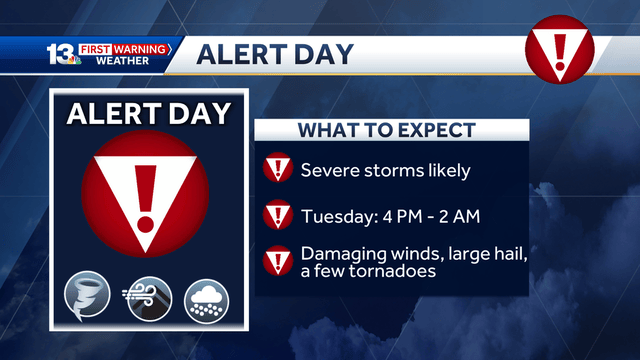
An artist’s illustration shows the Parker Solar Probe approaching the Sun. AP Photo
NASA’s Parker Solar Probe is set to break a new record as it approaches the sun closer than any spacecraft before. Since its launch in 2018, the spacecraft has already achieved significant milestones, including passing through the sun's corona, the outer atmosphere visible during a total solar eclipse.
On its next journey, the Parker Solar Probe will pass just 3.8 million miles (6 million kilometers) from the sun's surface. This marks the closest any spacecraft has ever come to the sun. To put it into perspective, if the Earth and the sun were positioned at opposite ends of a football field, the Parker probe would be at the four-yard line. This daring approach is a vital step in understanding more about the sun’s behavior and its impact on Earth.
However, NASA will not know how the spacecraft fared until several days after its flyby, as the Parker Solar Probe will be out of communication range during the closest approach. The spacecraft is designed to withstand extreme conditions, including speeds of up to 430,000 miles per hour (690,000 kilometers per hour), making it the fastest spacecraft ever built. It also features a state-of-the-art heat shield, capable of enduring temperatures up to 2,500 degrees Fahrenheit (1,371 degrees Celsius).
This unprecedented approach is expected to provide scientists with invaluable data, especially regarding the sun’s outer atmosphere and solar wind. The sun’s corona, which is hundreds of times hotter than its surface, remains a mystery that the mission aims to solve. Scientists also hope to gain insights into the solar wind, a constant flow of charged particles that the sun emits into space. These particles can affect Earth’s communication systems and power grids, and understanding them better will help us protect against solar storms.
Currently, the sun is in its maximum phase of an 11-year solar cycle, which is responsible for triggering colorful auroras in unexpected locations. While the sun is crucial to life on Earth, it can also be unpredictable. As Joe Westlake from NASA notes, the sun is both “our closest, friendliest neighbor” and, at times, a little “angry,” with powerful solar storms that can disrupt life on Earth.
After this close flyby, the Parker Solar Probe will continue its mission, circling the sun until at least September. This mission is a key part of NASA’s efforts to better understand the sun’s influence on Earth, providing crucial insights into how our star works and the effects it can have on our planet. By investigating these mysteries, scientists hope to protect Earth from potential solar threats and learn more about the sun’s behavior.















